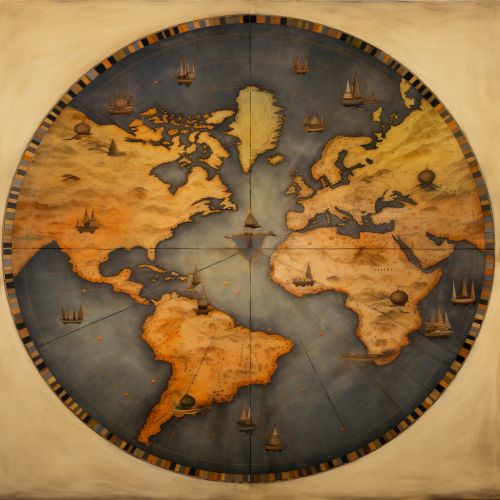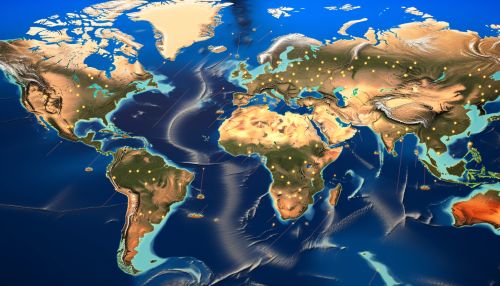Continental Drift
Introduction
Continental drift is a scientific theory that has revolutionized our understanding of the Earth's geology. It refers to the movement of the Earth's continents relative to each other. The concept was first proposed in the early 20th century by the German scientist Alfred Wegener, but it was not widely accepted until the 1960s, when numerous discoveries provided strong support for the theory. Today, continental drift is a fundamental principle of the science of plate tectonics, which explains the large-scale movements of the Earth's lithosphere.


Historical Background
The idea of continents moving over the Earth's surface was suggested as early as the 16th century. However, it was not until the 20th century that the theory of continental drift was formally proposed by Alfred Wegener. Wegener's theory was initially met with skepticism, as he was unable to provide a convincing mechanism for the movement of the continents. It was only in the 1960s, with the development of the theory of plate tectonics, that Wegener's idea of continental drift was fully accepted by the scientific community.
Wegener's Theory
Alfred Wegener proposed the theory of continental drift in 1912. He suggested that all the continents were once joined together in a single landmass, which he called Pangaea, and have since drifted apart. Wegener based his theory on several lines of evidence, including the fit of the continents, the distribution of fossils, and the similarity of rock formations on different continents. However, Wegener's theory was controversial because he could not explain how the continents moved.
Evidence for Continental Drift
There is now a wealth of evidence supporting the theory of continental drift. This evidence comes from a variety of sources, including geology, paleontology, and geophysics. For example, the matching coastlines of South America and Africa, the distribution of fossils across different continents, and the patterns of magnetic stripes on the ocean floor all provide strong support for the theory of continental drift.
Plate Tectonics
The theory of plate tectonics, developed in the 1960s, provides a comprehensive explanation for continental drift. According to this theory, the Earth's lithosphere is broken up into several large and small plates, which float on the semi-fluid asthenosphere below. These plates move relative to each other, causing the continents on top of them to move as well. The movement of these plates is driven by convection currents in the Earth's mantle.
Impact of Continental Drift
The movement of continents has had a profound impact on the Earth's climate, geography, and biodiversity. For example, the drift of continents towards and away from the poles has led to periods of global cooling and warming. The formation and breakup of supercontinents has led to the creation of new mountain ranges, oceans, and landmasses. Furthermore, the isolation of continents has played a key role in the evolution and diversification of species.
Future of Continental Drift
The continents continue to move today, and will likely do so in the future. Current predictions suggest that in about 250 million years, all the continents may once again come together to form a new supercontinent. However, these predictions are based on our current understanding of plate tectonics, and may change as our knowledge of the Earth's interior processes improves.
Conclusion
Continental drift is a fundamental principle of geology that has transformed our understanding of the Earth. It explains not only the movement of the continents, but also the formation of mountains, the occurrence of earthquakes, and the distribution of life on Earth. Despite initial skepticism, the theory of continental drift is now widely accepted, thanks to the overwhelming evidence supporting it and the development of the theory of plate tectonics.
